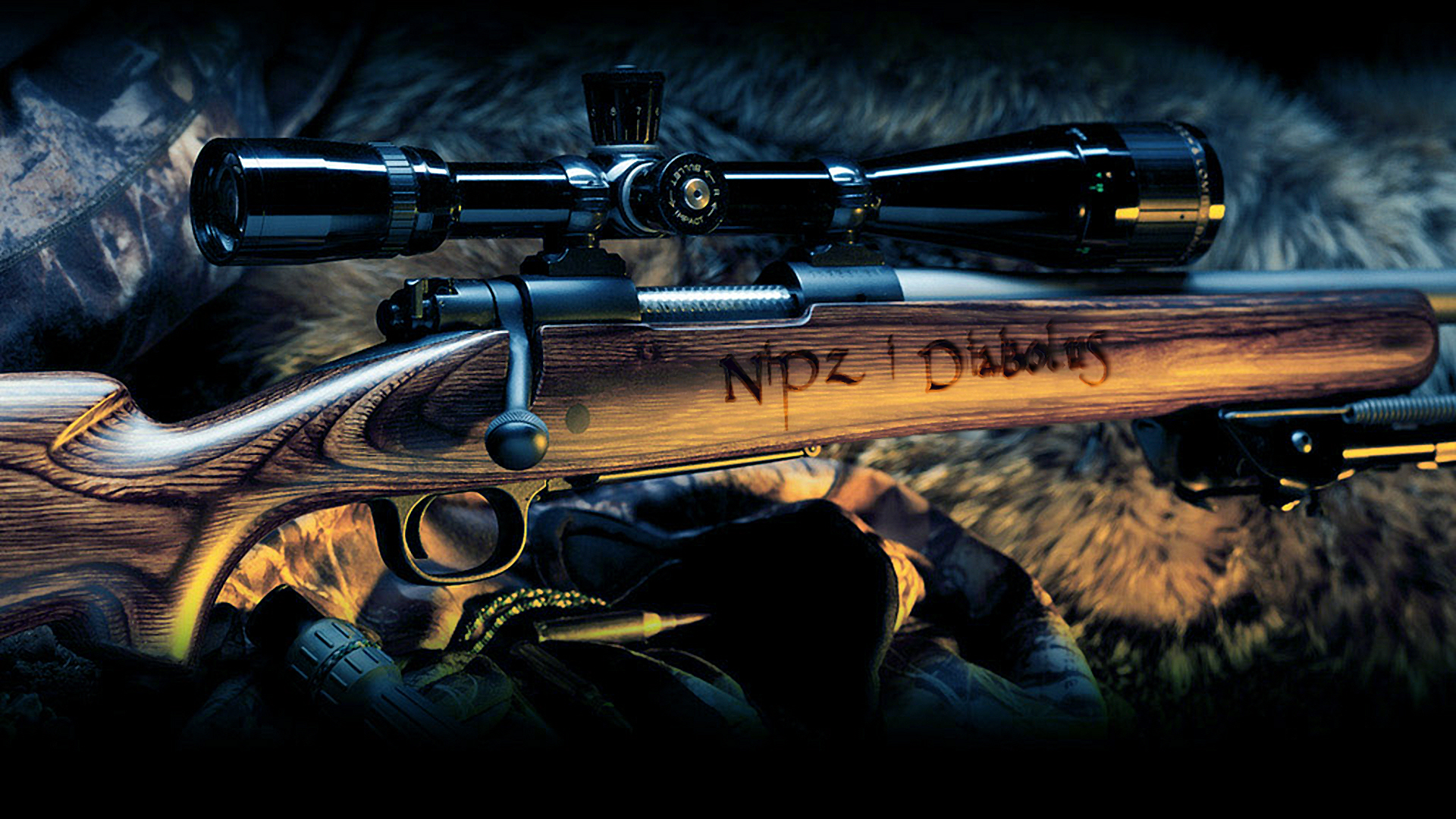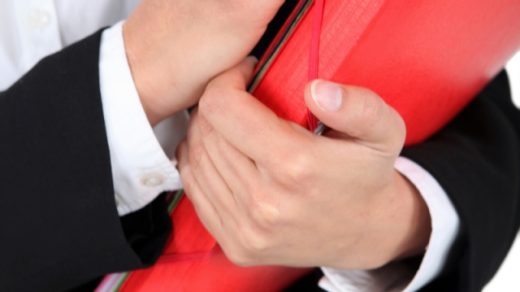Firearms have played a significant role throughout human history, shaping the way wars are fought, protecting lives, and even influencing popular culture. From ancient times to the present day, these powerful weapons have both fascinated and polarized people across the globe. While opinions on firearms may be divided, there is no denying their impact on society.
For many, firearms symbolize a means of protection and self-defense. In a world where personal safety can often feel uncertain, these weapons provide a sense of empowerment and security. Whether it’s a handgun kept for personal protection or a rifle used in lawful hunting, individuals turn to firearms to safeguard themselves and their loved ones.
However, firearms are not without controversy. Debates surrounding gun control, mass shootings, and the rights of gun owners continue to fuel impassioned discussions across the globe. While some argue for stricter regulations to reduce gun violence, others advocate for the preservation of Second Amendment rights, insisting that responsible firearm ownership is an important aspect of freedom.
In this article, we delve into the intricate and multifaceted world of firearms. We will explore their evolution over time, from the earliest forms of handheld projectile weapons to the sophisticated firearms of today. Additionally, we will examine the different types of firearms, their uses, and the various factors that influence people’s perspectives on them.
So, whether you are a firearms enthusiast seeking to expand your knowledge or an individual curious about the complexities surrounding these weapons, join us as we embark on a journey through the realm of firearms.
Types of Firearms
In the vast world of firearms, there exist various types that cater to different purposes and preferences. From handguns to shotguns, rifles to machine guns, let’s explore the diverse classifications of these remarkable weapons.
Handguns: Arguably the most recognizable type of firearm, handguns are designed to be held and operated with one hand. This category includes pistols and revolvers. Pistols typically use a magazine to store ammunition and have a semi-automatic firing mechanism, allowing for multiple rounds to be fired consecutively. On the other hand, revolvers typically have a rotating cylinder that houses multiple chambers, each containing a cartridge. When the trigger is squeezed, the cylinder rotates, aligning the next chamber with the barrel for firing.
Shotguns: Known for their staggering power and versatility, shotguns are firearms that are designed to fire multiple projectiles, commonly known as shot. The shotgun’s barrel is smoothbore, meaning it lacks the rifling grooves present in other firearms. There are different types of shotguns, such as pump-action, break-action, and semi-automatic. Each type has its own method of loading and firing, catering to various needs, including hunting, sport shooting, and home defense.
Rifles: Rifles are characterized by their long barrels, rifled bores, and shoulder stocks, providing stability and accuracy for long-range shooting. These firearms are commonly used for hunting, sports shooting, and military applications. There are numerous rifle variations, including bolt-action, lever-action, semi-automatic, and fully-automatic. Bolt-action rifles require manual operation to load, chamber, and eject cartridges. Lever-action rifles, as the name suggests, use a lever mechanism to cycle the cartridges. Semi-automatic rifles can fire one round per trigger pull, while fully-automatic rifles have the capability to fire multiple rounds with a single trigger pull.
Firearms come in many forms, each serving different purposes and designed with specific features. Understanding the types of firearms allows enthusiasts to appreciate the craftsmanship, functionality, and evolution of these essential tools throughout history.
Firearm Safety Tips
Never Assume a Firearm is Unloaded: One of the most important safety rules when it comes to firearms is to never make assumptions. Always treat every firearm as if it is loaded, even if you believe it to be empty. This mindset ensures that you handle firearms with the necessary caution and follow proper safety protocols at all times.
Keep Your Finger off the Trigger: To prevent accidental discharges, it is crucial to maintain proper trigger discipline. Keep your finger off the trigger and alongside the frame of the firearm until you are ready to fire. This simple rule helps minimize the risk of unintentional firing and enhances overall firearm safety.
DiscoverStore Firearms Securely: Proper storage of firearms is essential to prevent unauthorized access and ensure the safety of everyone in the vicinity. Invest in a sturdy gun safe or lockbox and always keep firearms locked up when not in use. Additionally, store ammunition separately from firearms to reduce the risk of accidents.
These firearm safety tips should serve as a foundation for responsible firearm ownership. By adhering to these guidelines, you can help promote safety and minimize the risks associated with firearms. Remember, safety should always be the top priority when handling any firearms.
Current Controversies and Regulations
In discussing firearms, it is impossible to ignore the ongoing controversies and regulations that surround these weapons. The topic of firearms often sparks heated debates, with opinions varying greatly depending on cultural, social, and political factors.
One major controversy is the balance between individual rights and public safety. Supporters of firearms argue that owning a gun is a fundamental right protected by the Second Amendment of the United States Constitution, ensuring self-defense and protecting against potential tyranny. On the other side, advocates for stricter regulations argue that limiting access to firearms is essential for reducing gun violence and ensuring public safety.
Another area of controversy revolves around the regulation and control of firearms. Different countries and regions have varying levels of gun control laws, ranging from strict requirements to obtain a firearm to more lenient policies. Proponents of tighter regulations believe that implementing background checks, waiting periods, and licensing requirements can help prevent criminals, mentally unstable individuals, and others unfit to own firearms from acquiring them. Conversely, those in favor of looser regulations argue that responsible citizens should have the right to easily obtain firearms for self-defense and recreational purposes.
Additionally, the issue of mass shootings often sparks intense debates on the topic of firearms. These tragic incidents raise questions about the adequacy of existing regulations and the effectiveness of current mental health policies. Advocates for stricter control argue that limiting access to firearms, particularly for individuals with a history of violence or mental illness, could help mitigate the risk of these horrific events. Others contend that improving mental health services and addressing the root causes of violence should take precedence over restricting access to firearms.
The controversies and regulations surrounding firearms are highly complex and deeply intertwined with legal, social, and cultural considerations. It is an ongoing challenge to strike the right balance between individual liberties and public safety, as societies continue to grapple with finding the most effective and equitable approach to addressing these issues.





Recent Comments